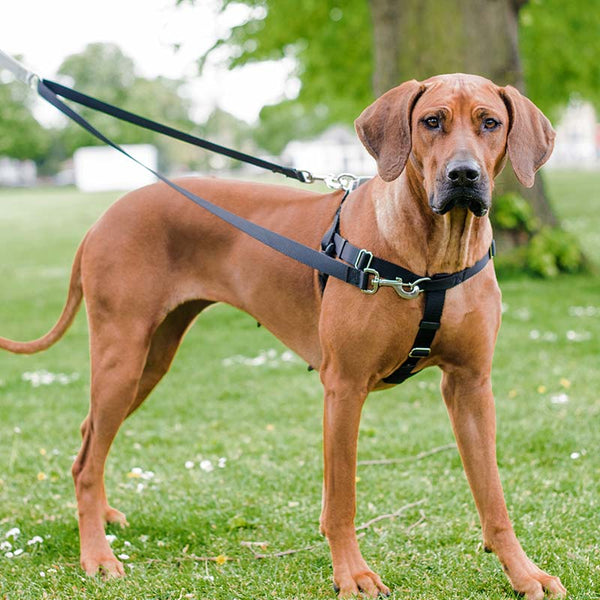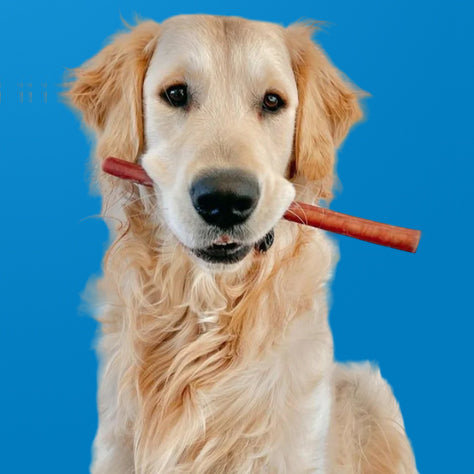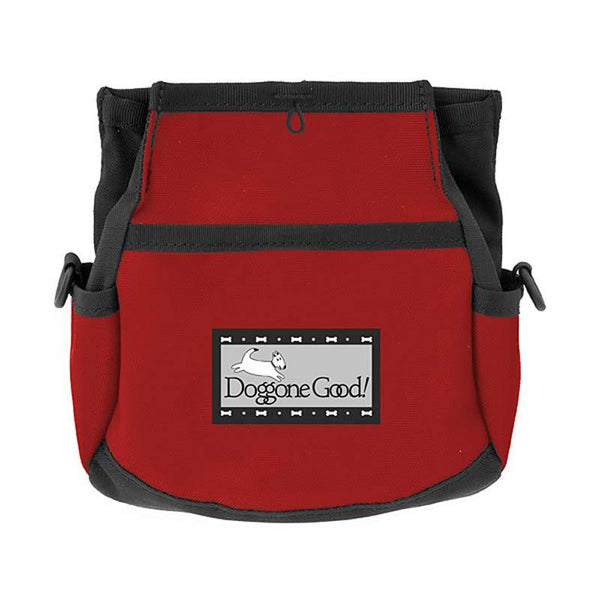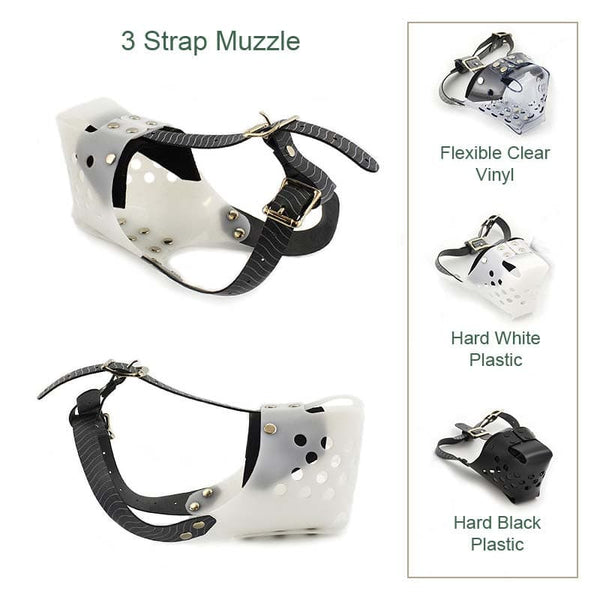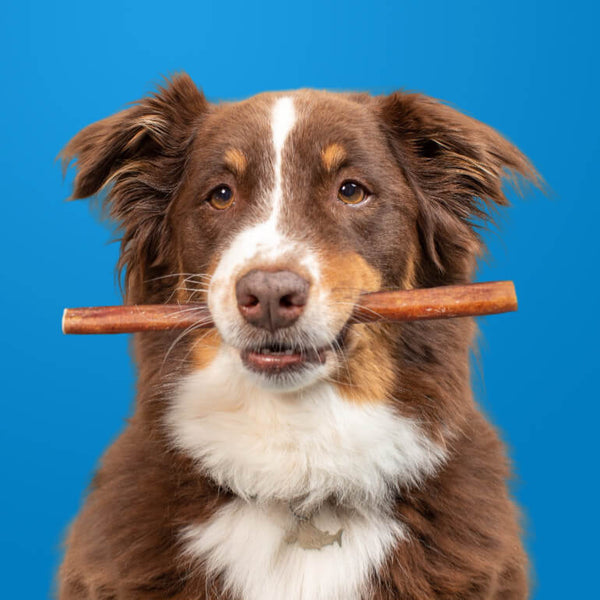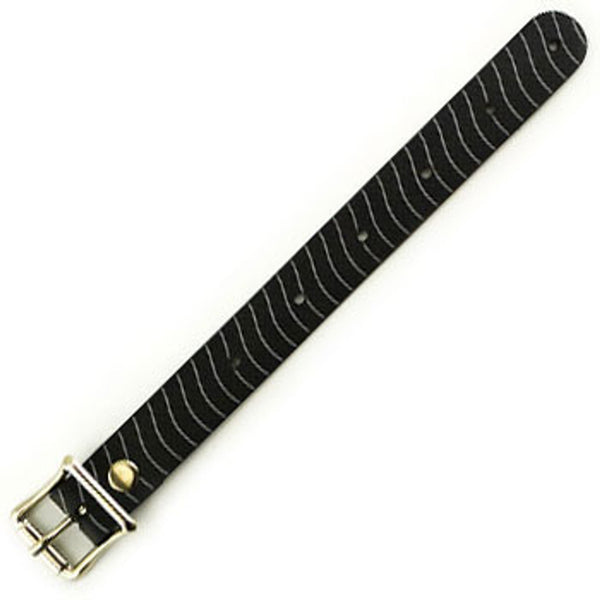Think Like a Dog Trainer. Part 2: Too Many Cooks in the Kitchen
By Jess Rollins
Copyright Info
Here is part 2 of a multi-part article designed to alert you to the many of the potential pitfalls of living with an untrained dog in your home and how to best cope with them. In each description of a potential problem, I will outline how you can prevent it, how to teach good behavior, and what to do as an immediate response if you find yourself in a situation where you need to quickly stop him from misbehaving. Ideally, you will proactively prevent your dog's misbehavior and hence will not have many "Ack, STOP that!" moments. Using the "immediate responses" below more than a time or two each day could set back your training efforts with your dog and prevent him from learning how to behave politely. Therefore, if you find yourself relying on them too heavily, simply increase the prevention you are doing and make sure that your rewards for good behavior are truly rewarding to him. The immediate responses below are designed to interrupt your dog without either rewarding his misbehavior or frightening him.
Part 2: Too many cooks in the kitchen!
There is a lot of potential danger for doggies in the kitchen (and people since you could trip over your dog while carrying something hot or sharp). Consider attaching your dog to a tether or using a gate to help keep him out from under your feet. And remember to reward calm behavior by giving him a pat or a treat.
Some common dog misbehaviors to be prepared for and recommendations on how to deal with them are below. Words in all caps are methods that are short-hand for methods that are described at the bottom of the page.:
Jumping on counters and stealing items
Given a chance, most dogs will attempt "counter surfing"!
- Prevent: REMOVE-ITEM, keep food, wrappers, cutlery and sponges out of reach.
- Immediate response: If he doesn't have an object in his mouth, INTERRUPT then REMOVE-DOG. If he has a dangerous item in his mouth DROP IT.
- Train: LEAVE-IT practiced specifically for items on counters.
Getting into the trash
It takes much less time to secure the trash than to teach your dog to leave the trash alone, especially when he is alone, bored and/or hungry.
- Prevent: REMOVE-ITEM. Make sure the trash bin is well secured. If he were to ingest a wrapper or bone he could be seriously hurt or even choke to death.
- Immediate response: If he doesn't have an object in his mouth INTERRUPT then REMOVE-DOG. If he has a dangerous item in his mouth DROP IT.
- Train: DANGEROUS
Jumping up on you while you carry hot food
- Prevent: Use a tether or gate to keep him out of your way.
- Immediate response: Make sure he doesn't succeed in getting any of the goodies you are carrying! Stop walking, put the item down and then put your dog in a safer area.
- Train: Train him to "sit" to get treats from you. Do this by holding treats in your hand, waiting for him to sit and feeding him a treat once his bottom hits the floor. Make sure to feed him when he is by your side and not in front of you. Now try it while you are carrying an empty plate! Alternatively, you can teach your dog to lay on a mat out of your way in the kitchen by initially luring him there with a treat and then feeding him treats whenever he lays there.
Grabbing sharp objects
- Prevent: REMOVE-ITEM
- Immediate response: INTERRUPT then REMOVE-DOG. If he has a sharp object in his mouth, DROP-IT.
- Train: Practice LEAVE-IT specifically with cutlery (starting with spoons!) on counters.
Jumping up on a hot stove
- Prevent: Use a tether or gate to prevent him from exploring this area.
- Immediate response: INTERRUPT then REMOVE-DOG.
- Train: Practice LEAVE-IT specifically for items on the stove while the stove is off.
Ingesting chemicals or toxic foods or chewing electrical cords
Some common and potentially hazardous items that can found in the kitchen are chocolate, cooked bones, dish detergent and sponges.
- Prevent: REMOVE-ITEM. Secure chemical and food cabinets. Make sure your dog cannot reach anything dangerous on the counter. Make sure electrical cords are out of reach.
- Immediate response: INTERRUPT then REMOVE-DOG. If he has something dangerous in his mouth, DROP-IT.
- Train: DANGEROUS
Begging
- Prevent: Keep him confined away from you while you eat and/or give him a chew toy to occupy him.
- Immediate response: Ignore him, don't look at him or speak to him.
- Train: Reward him when he is sitting or laying quietly out of your way (or un-begging).
Stealing or attempting to steal from your plate
- Prevent: Don't leave your food plate within reach of your dog. Do not allow your dog to eat off of your plate.
- Immediate response: INTERRUPT then REMOVE-DOG.
- Train: Practice LEAVE-IT specifically for food on dinnerware.
Housetraining accidents
- Prevent: Keep him in an area that is small enough that he will choose to "hold it".
- Immediate response: ACCIDENT
- Train: HOUSETRAIN
Key:
|
Instructions: |
|
|
ACCIDENT |
Clap your hands to interrupt him and then take him outside to finish. Once you have returned inside you can decide how to keep him more confined so that you won't have another accident. Clean the area with a pet-specific cleaner. |
|
DANGEROUS |
The danger posed by chewing cords is too great to risk relying on training to keep your dog safe. Instead focus on prevention. |
|
DROP-IT |
Ask him to "drop it". If he does not yet know "drop it", show him a treat to induce him to open his mouth. If he still won't release the item, force his mouth open using the technique described here. Click for instructions on how to train your dog to "drop it". |
|
HOUSETRAIN |
Click for instructions on how to train your dog to relieve himself where you would like him to. |
|
INTERRUPT |
Say "Hey!" loudly and clap your hands to interrupt what he is doing. Then take a couple of running steps away to entice him to follow you from the area. |
|
LEAVE-IT |
|
|
REMOVE-DOG |
Encourage him to follow you from the area or lead him away by his collar or drag-line. Grabbing his collar may be frightening if he senses your annoyance. Diffuse this by talking in a silly voice as you approach. Then focus on adding more prevention and rewards for good behavior. |
|
REMOVE-ITEM |
Put items out of reach. If this is not possible, use gates, a tether or a door to keep him away. |
Let us know what you think and if the article is helpful to you.






